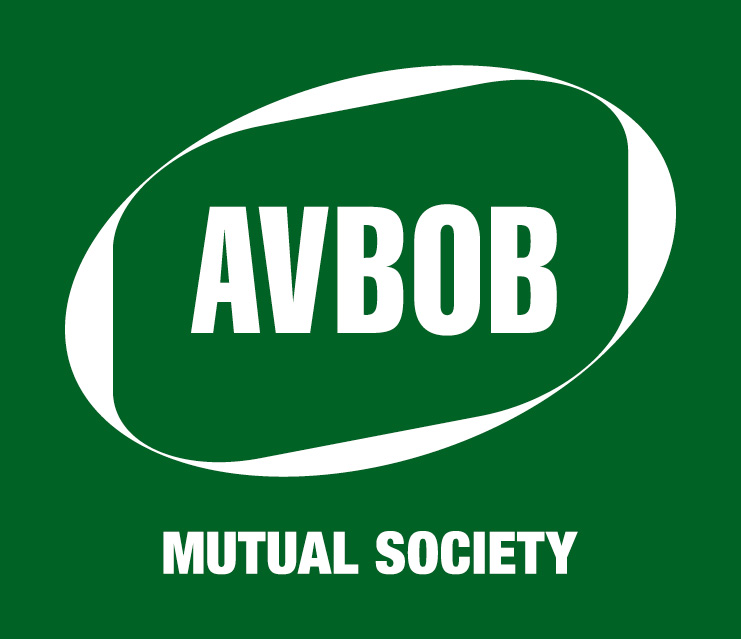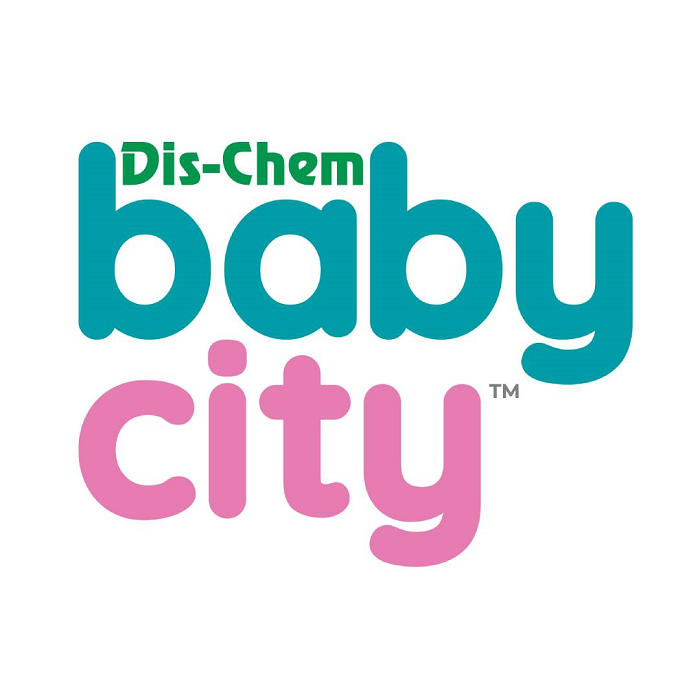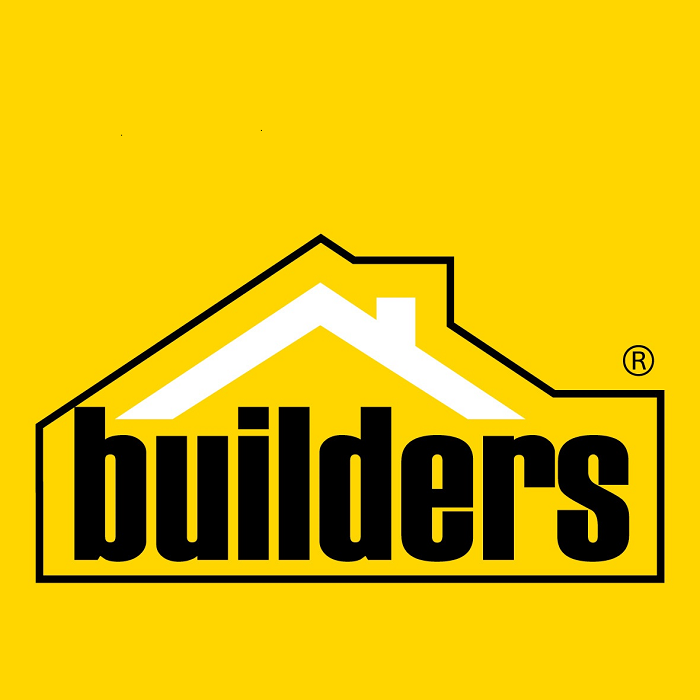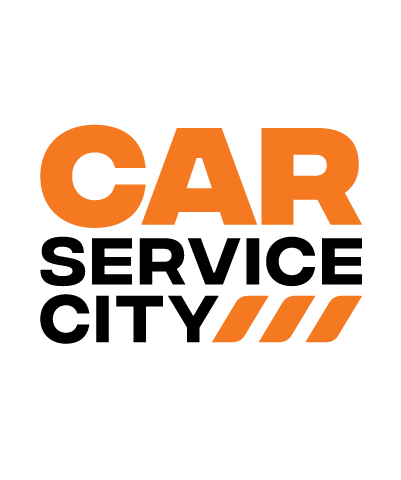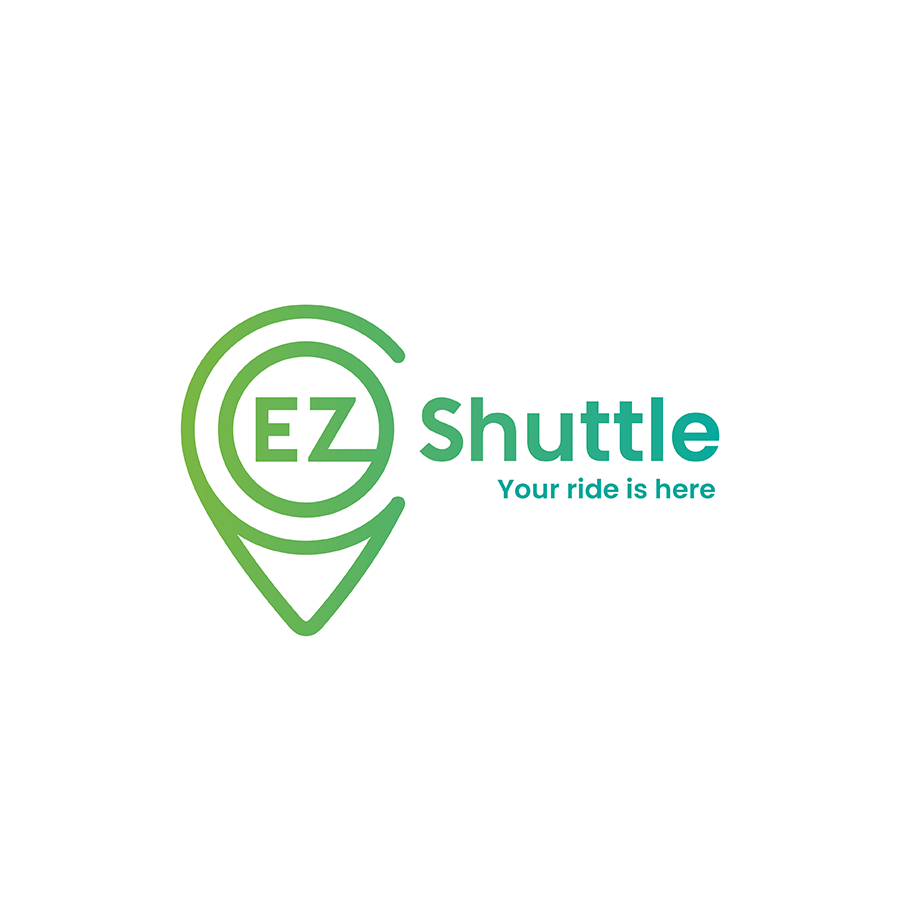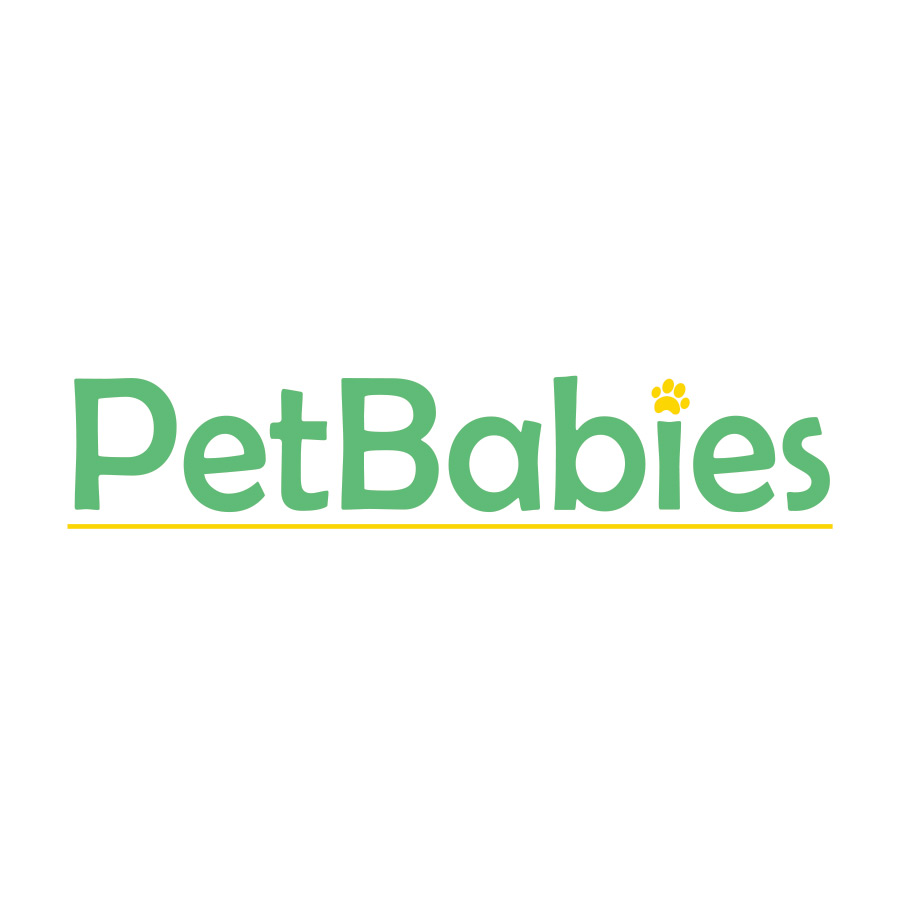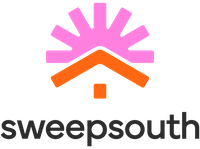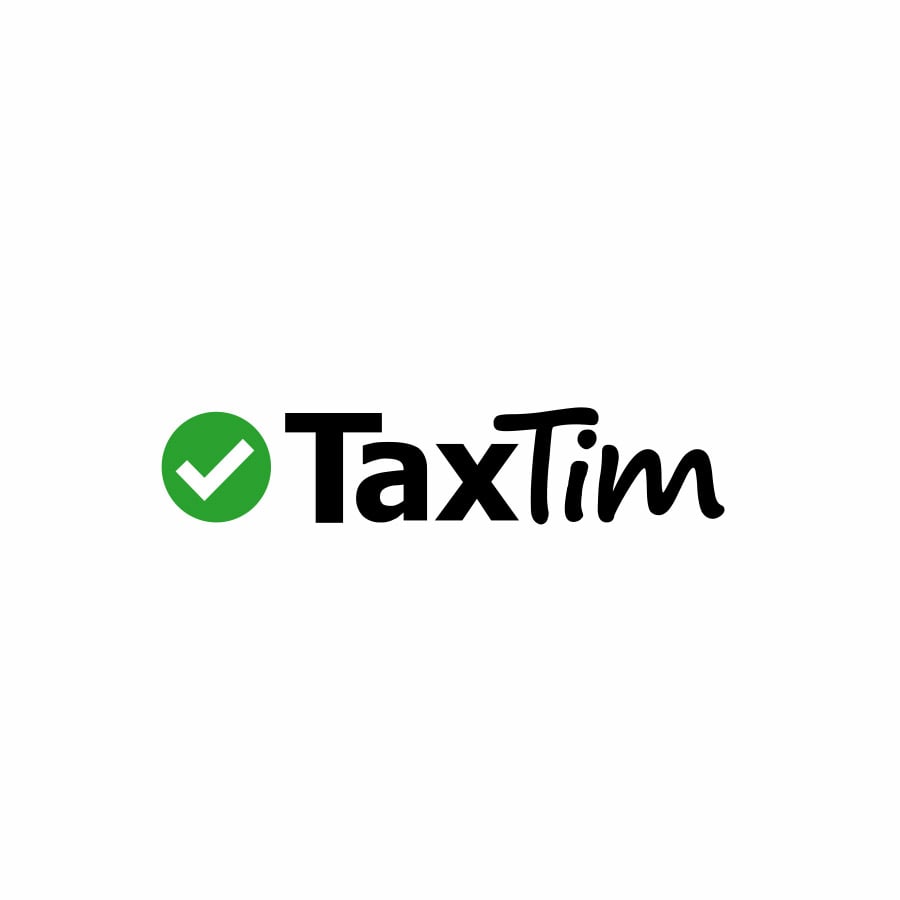Affordable home buying options
Owning a home is a dream for many South Africans, but for low-income earners, it can often seem out of reach. However, there are several home buying options and government programs available to help individuals and families with limited income achieve their homeownership goals.
1. Government subsidies and programs
The South African government offers various programs to assist low-income earners in buying homes. One of the most well-known programs is the Finance Linked Individual Subsidy Program (FLISP). FLISP provides subsidies to individuals and families with a household income between R3 501 and R22 000 per month. These subsidies can be used as a deposit for a home, reducing the initial financial burden of homeownership.
2. Social housing
Social housing is another option for low-income earners in South Africa. These are rental units managed by accredited social housing institutions, where tenants pay reduced rental fees based on their income. Over time, if your financial situation improves, you may have the opportunity to buy the property through the "right to buy" option, allowing you to change from renting to owning.
3. Rent-to-own programs
Some private developers and organisations offer rent-to-own programs that cater to low-income earners. These programs allow you to rent a property with the option to purchase it at a predetermined price after a certain period. A portion of your monthly rent goes toward the property's purchase price, helping you earn equity over time.
4. Affordable housing developments
Many affordable housing developments are being built throughout South Africa to cater to the needs of low-income earners. These developments offer homes at lower prices compared to the general market, making them more accessible for those with limited income.
5. Cooperative housing
Cooperative housing, also known as co-housing, is a model in which a group of individuals or families come together to collectively purchase and own properties. By sharing the financial burden, low-income earners can pool their resources to buy homes and collectively manage the property, making homeownership more affordable.
6. Housing microfinance
Housing microfinance institutions offer small, low-interest loans to individuals who want to build, renovate, or purchase a home. These loans cater to the unique financial situations of low-income earners, with flexible repayment terms.
While owning a home as a low-income earner may present challenges, it is by no means an impossible dream. By exploring the various home buying options and government programs available, individuals and families can take significant steps toward achieving homeownership. It's important to research, plan, and seek guidance from relevant institutions and experts to make informed decisions that align with your financial situation and homeownership aspirations.
